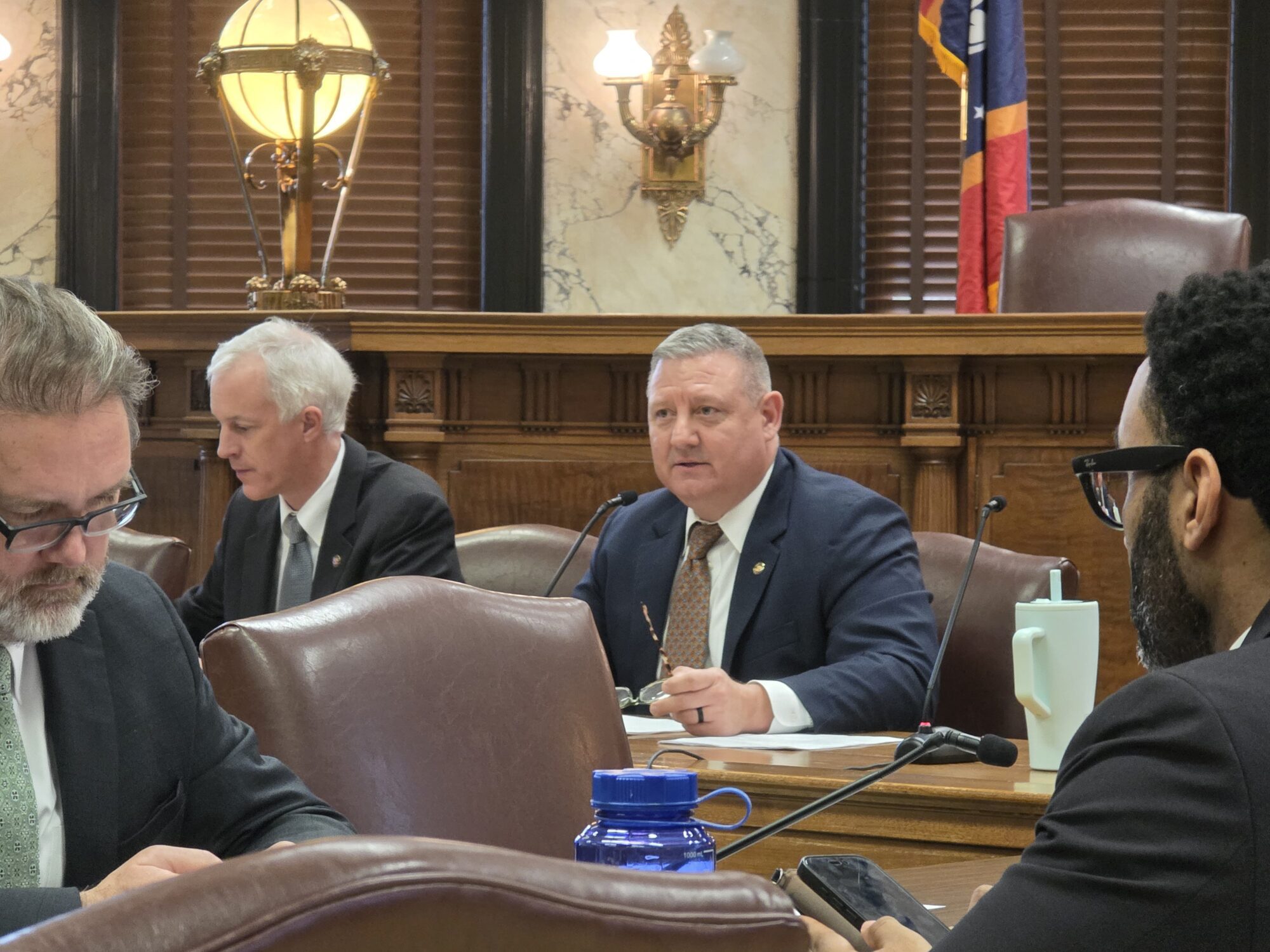
Jenifer Branning and Jim Kitchens campaigning (Photo from the candidates' Facebook and website)
- The dead heat Supreme Court race between Justice Jim Kitchens and challenger Jenifer Branning will come down to Holmes County and a potential battle over absentee votes. This is a developing story. Check back for additional updates.
As night gave way to morning, the race between incumbent Supreme Court Justice and his challenger, State Senator Jenifer Branning, was too close to call — with one missing county and a slew of absentee ballots cast in the shadow of Thanksgiving likely to decide the outcome.
When the Associated Press stopped reporting numbers on Tuesday night, Branning led Kitchens by just 518 votes — 58,798 to 58,280.
After the AP shut down, Rankin County — the second most populous in the district behind only Hinds — reported its absentee ballots. Branning took 2,445 of 3,009 absentee votes cast there, for a net gain 1,881 votes. Shortly after Rankin’s absentee numbers were counted, an analyst from Decision Desk HQ reached out to Magnolia Tribune with information that Branning had gained another 600+ votes in Lauderdale and Neshoba County over and above the AP’s reported numbers.
At the time of publication, Magnolia Tribune’s tally had Branning up by just over 3,000 votes.
However, there are two sizable pockets of votes outstanding that are likely to narrow the gap. First, sources tell Magnolia Tribune that there are approximately 1,700 absentee ballots in Hinds County remaining to be counted. If Kitchens wins those absentees by the same margin he won the in-person voting in Hinds County, he will net approximately 1,300 votes.
Second, while all of the other counties in the district are more than 90 percent counted, Holmes County has not reported any numbers. Earlier this month, Kitchens beat Branning by some 500 votes in Holmes, but that was with three other opponents in the race who drew sizable support. It’s not outside the realm of possibility that, even with reduced turnout, he could increase his margin.
In concert, the Hinds County absentees and the Holmes County vote will narrow Branning’s lead, but are, by themselves, likely insufficient for Kitchens to surpass her. What remains uncertain at this stage are what other pockets of votes and absentees are still to be counted, and whether in aggregate, they can close the gap.
Presumably, some of those pockets will swing Kitchens’ way, while others swing Branning’s. The race could very easily become a battle — and perhaps even a legal one — over the counting of absentees.
One interesting dynamic worth mentioning is the poor runoff turnout. Earlier this month, on a ballot that included a presidential contest and congressional races, the battle between Kitchens and Branning drew over 316,000 votes. As the numbers sit at the time of publication, turnout for the runoff was roughly 37 percent of the total from three weeks ago.
However, in a sea of low turnout, Hinds County outperformed, drawing approximately 45 percent of its early November tally. The higher than others showing by Hinds is likely the primary reason the race has not been called for Branning.
A final thought — Mississippi may be “deep red,” but its Central District is bright purple. Yes, judicial elections are technically non-partisan, but that did not stop partisans from lining up behind their chosen candidate for the High Court. Republicans largely threw in lot with Branning, while familiar Democratic faces sided with Kitchens. Much like last year’s battle for Public Service Commissioner — which saw Republican incumbent Brent Bailey lose to Democratic challenger De’Keither Stamps — the race for the Supreme Court reinforces that the district is a 50-50 political slugfest.










